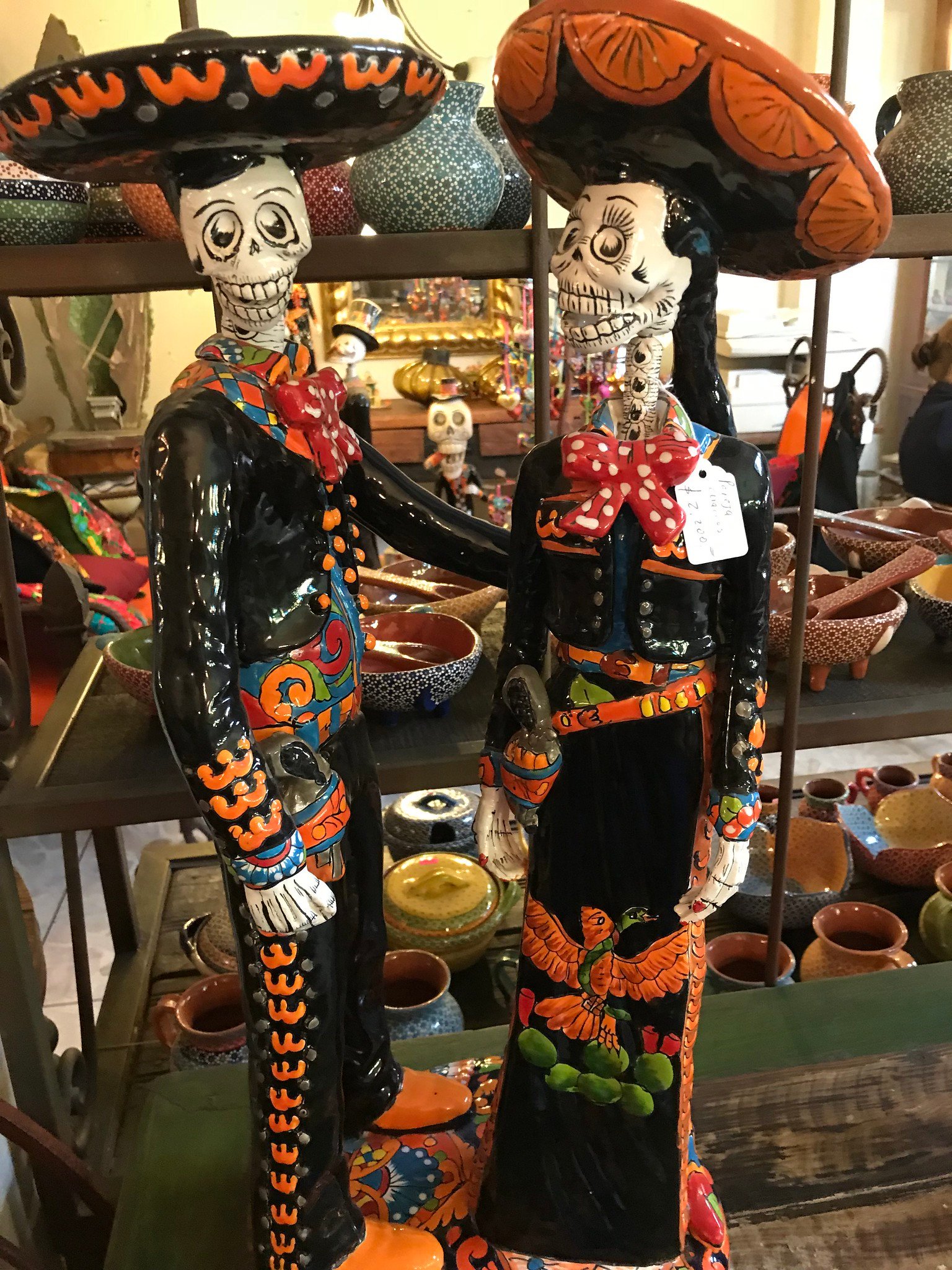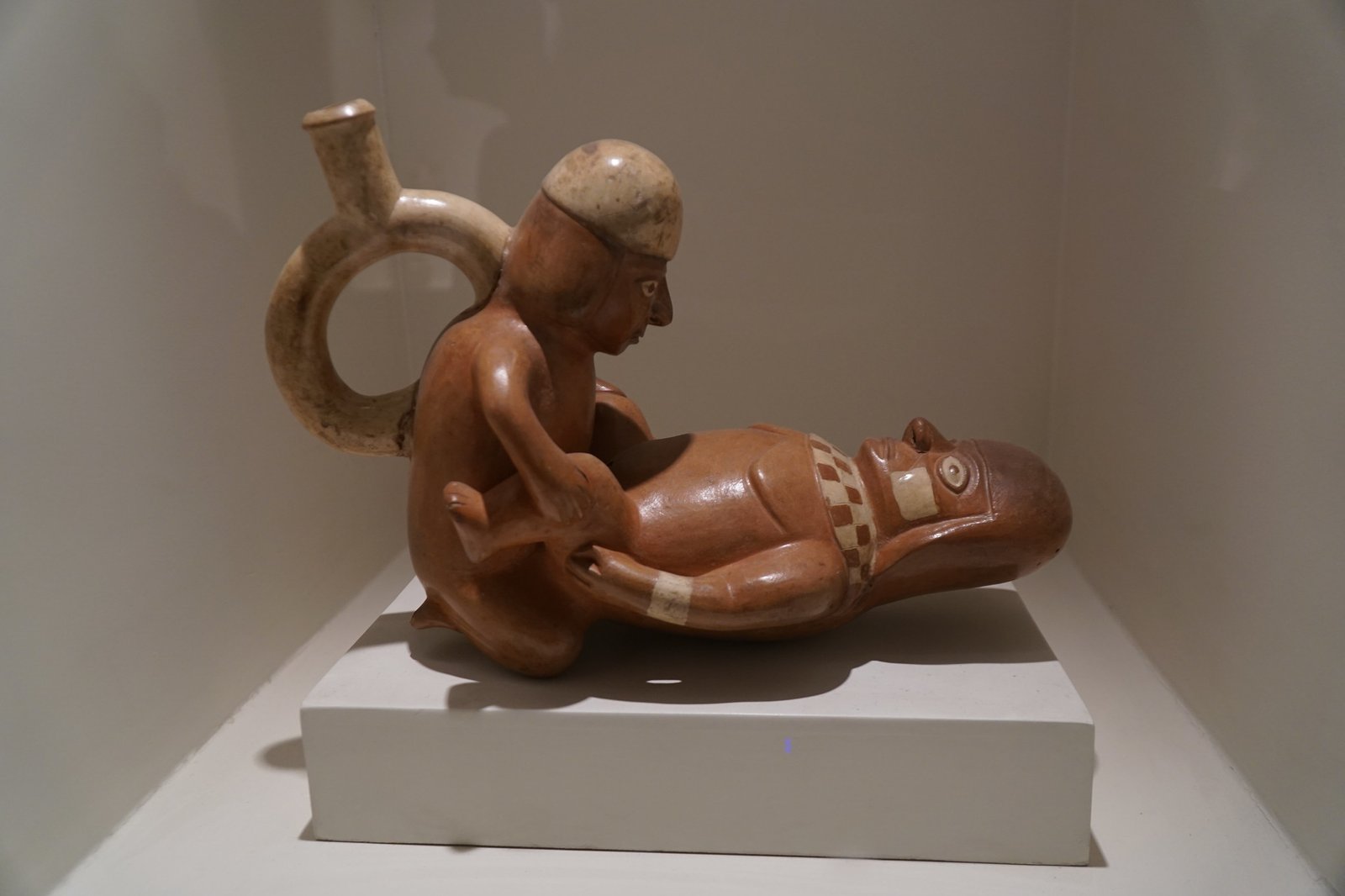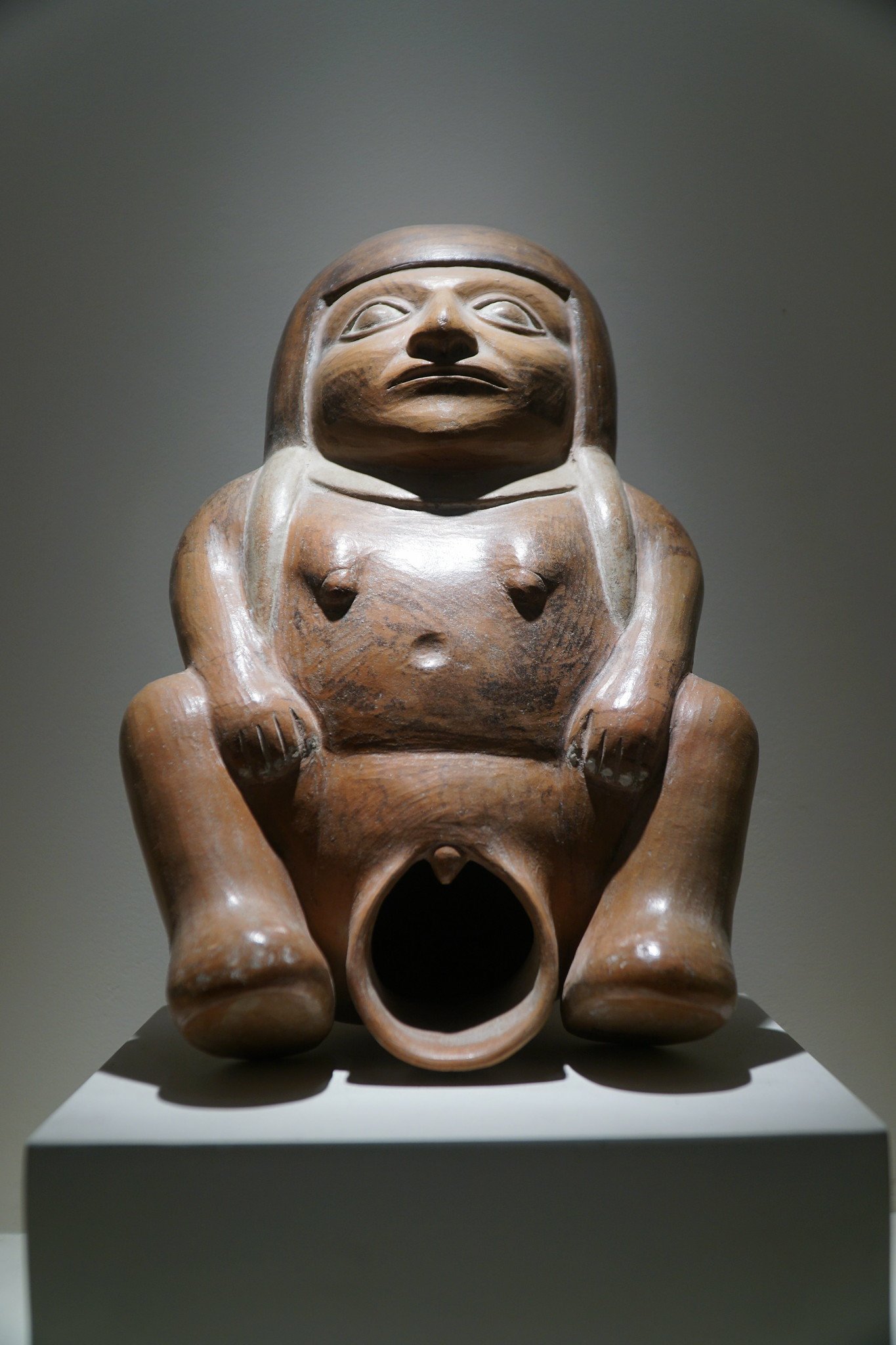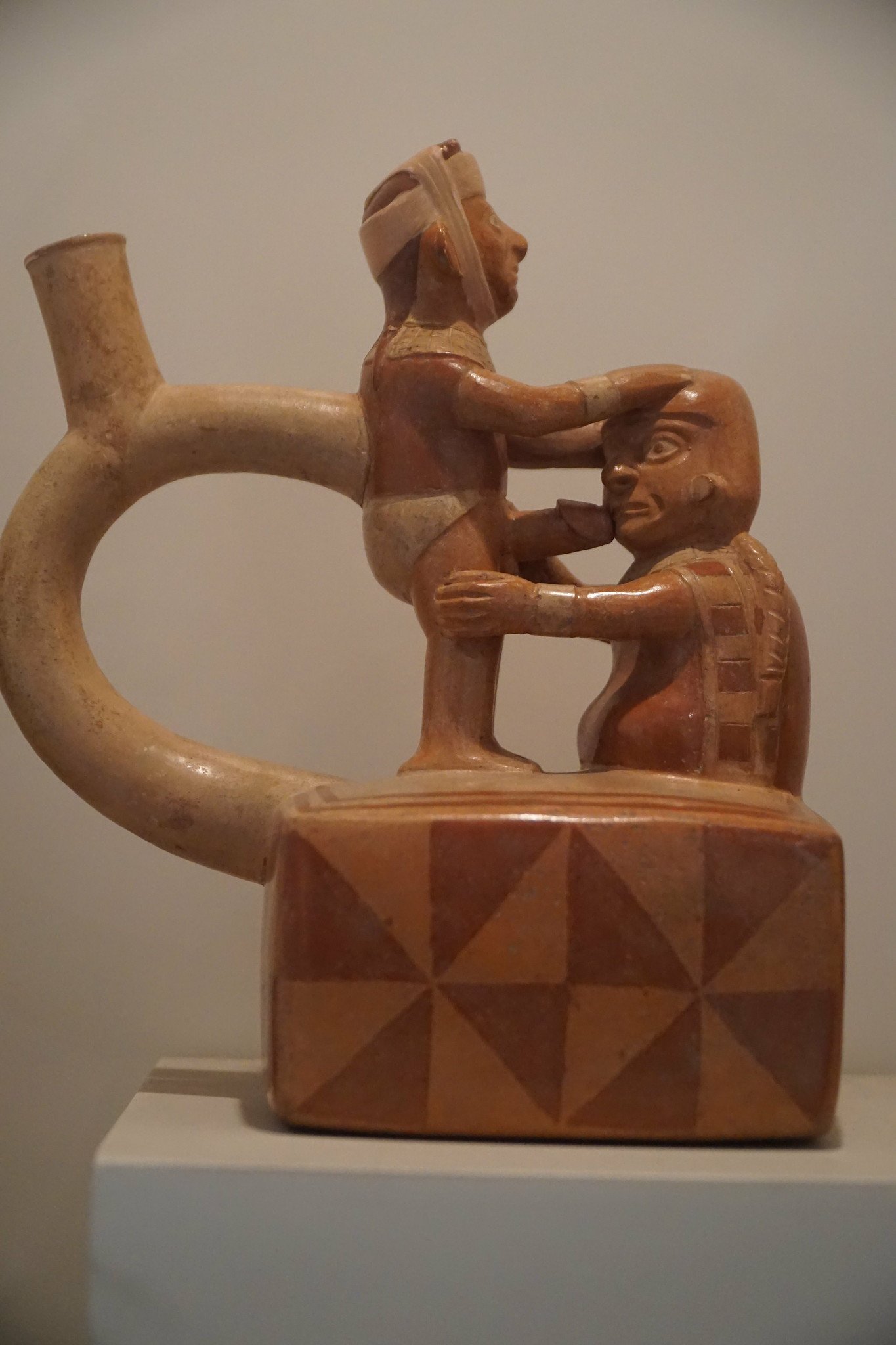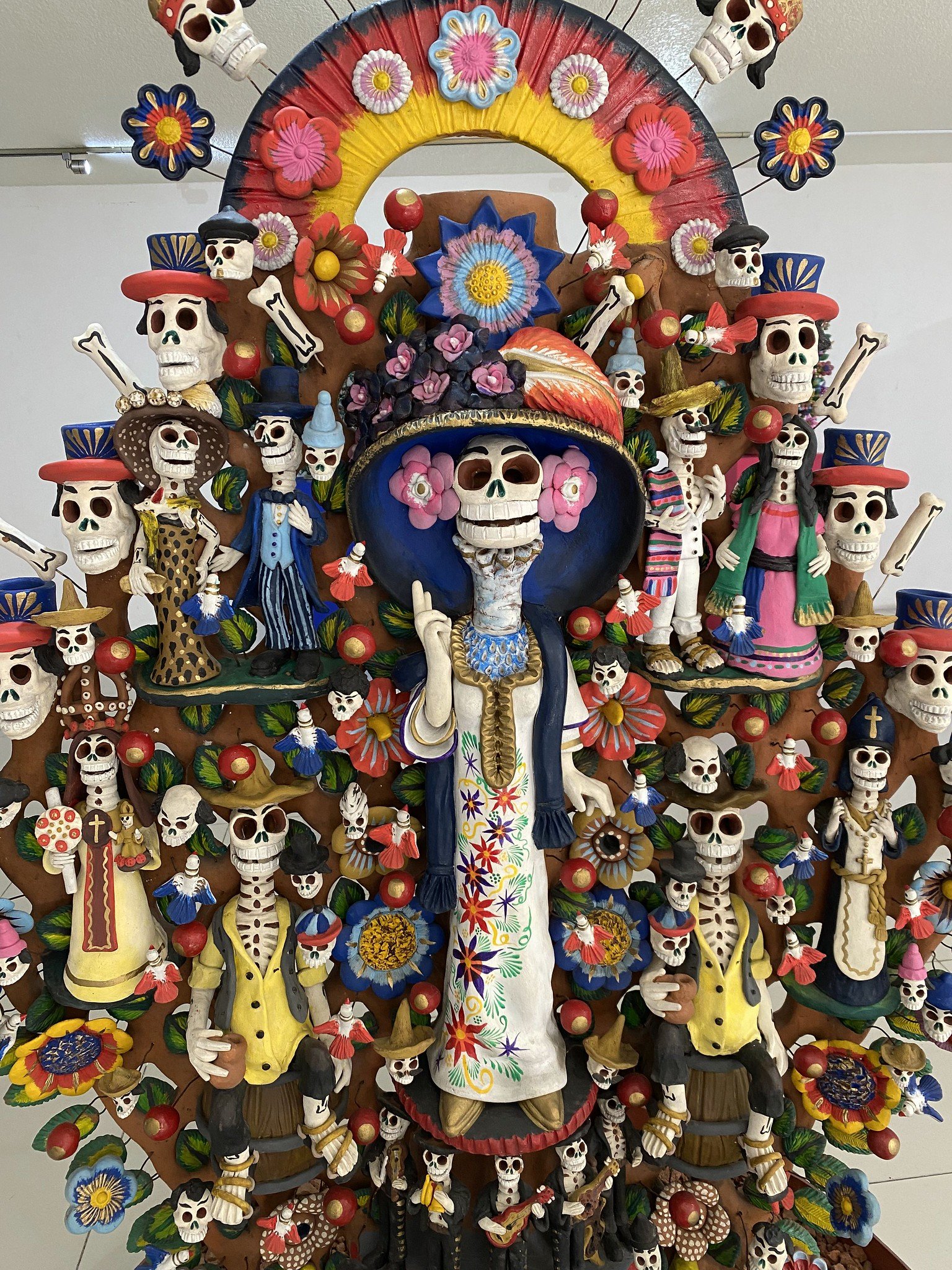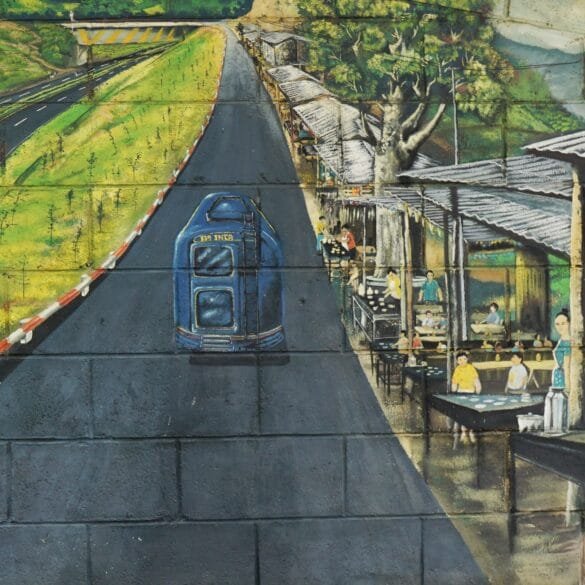Ten years ago, I was inside a small ceramic shop in Santa Fe, on a street lined with art galleries, hipster coffee shops, and boutiques.
“$260!” I exclaimed, “I mean that’s a pretty vase, but $260!”
“That’s Mata Ortiz!” Victor gushed, “Look at the geometrical design! It’s the modern recreation of ancient pottery found at an archeological site in Casas Grandes, Mexico. Look at the difference between muted and vibrant colors…”
He went on and on as I stubbornly mumbled, “I can make that myself. How complicated could that be?”
Seven years ago, I went to my first ceramics class at a nearby community college and confidently told the teacher at our round table introductions that I wanted to make “one of those expensive Mexican vases”. I paid $450 for the one semester and figured that walking away with two vases would break me even. At the end of that semester, I had one wobbly bowl, a crooked teapot with a horrifically phallic spout, a bunch of cylinders used for glaze testing I gifted as “pencil holders” and a burning desire to keep throwing clay.
Nowadays, I show up to every party with a large bag full of newspaper-wrapped bowls, cups, planting pots, and vases, to give out to my increasingly exasperated friends. To date, I haven’t made anything even faintly resembling that beautiful vase in Santa Fe, but I did manage to sell 3 plates for $20 at a community college art show. So clearly, I am at least halfway there.
Our travel hasn’t remained unaffected by my growing addiction to all things ceramic. Victor’s itinerary planning started to include searches such as “+ pottery” for every destination we visited. As a result, here are my favorite pottery-related destinations in the world.
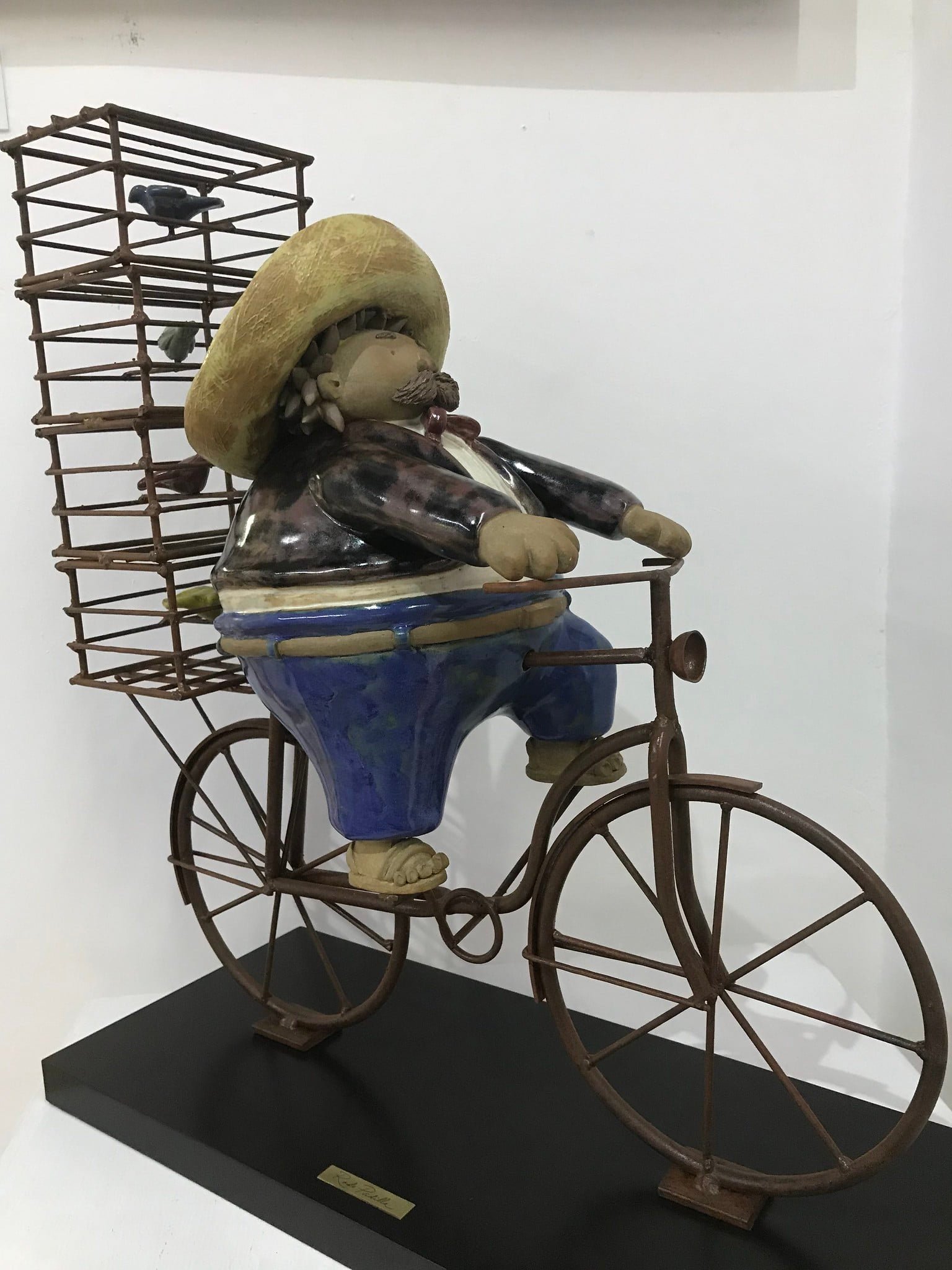
One of my favorite day trips from Guadalajara was to Tlaquepaque and Tonalá artisan shops and galleries. Tonalá is a shopping mecca famous for its lively Thursday and Sunday outdoor market, with many artisans specializing in pottery and glass. The streets of San Pedro Tlaquepaque, the name which translates as “place above clay land”, are lined with lavish pottery and textiles galleries. While neither of us likes to shop, and we are always reluctant souvenir buyers in other countries, we spent an entire day going in and out of shops and galleries and browsing every market stall. From traditional clay bodies decorated with bright glaze drips in the shapes of leaves and flowers, to avant-garde shapes, colors, and textures, there was literally something for everyone. In the end, I bought six traditional Mexican café de olla cups and a few ceramic butterflies for wall décor. My plan was to recreate the shape and decoration of the cups, but I have since found my studio clay and glaze to be too different to accomplish similar results… to say nothing of my skills and abilities.
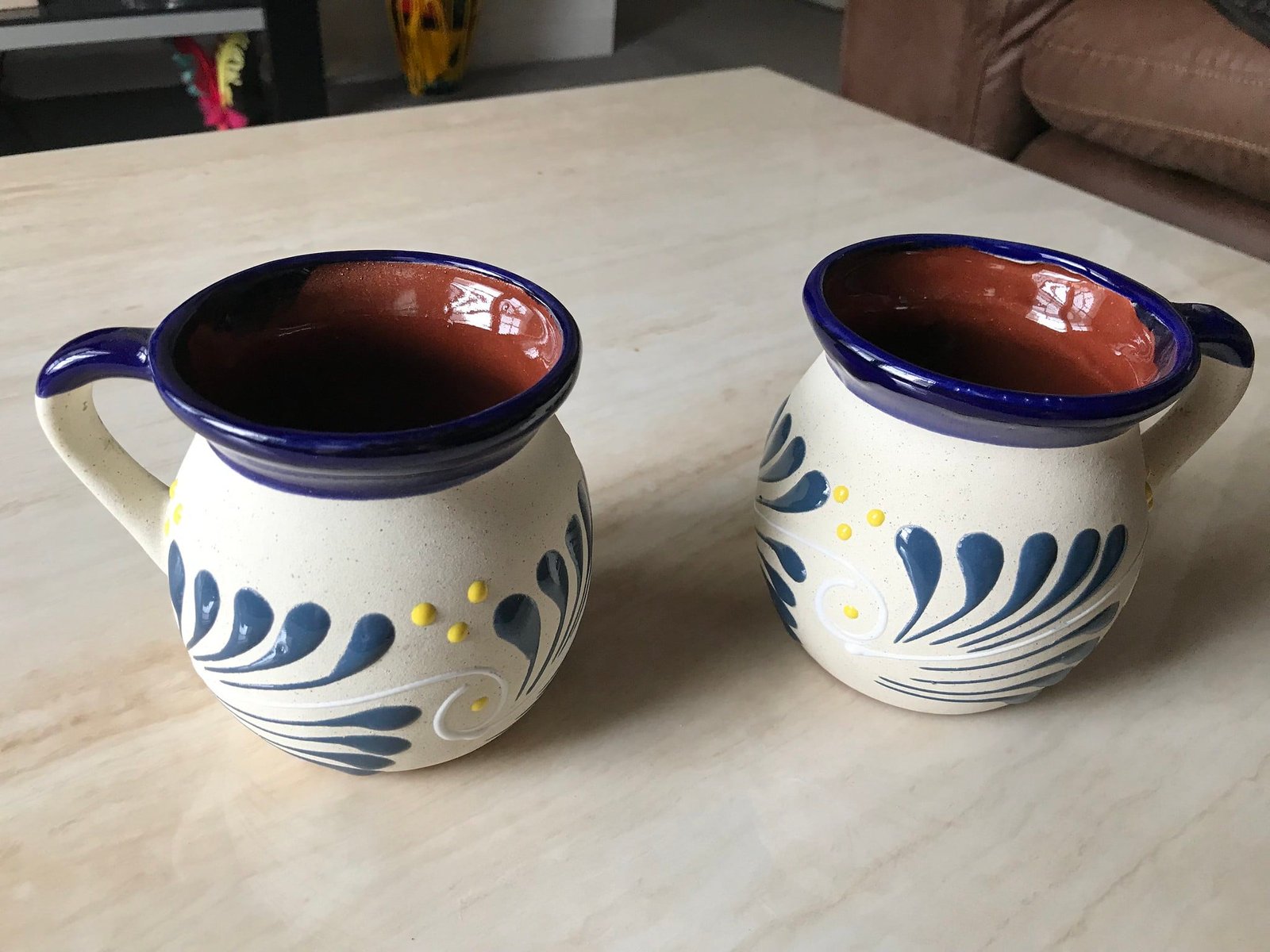
Next, a quick visit to Larco Museum in Lima, Peru before our late afternoon flight home, turned our morning into hours of gasping and pointing at ancient pottery artifacts… and this was before we even got to the gallery of pre-Columbian erotic pottery. Pottery permeated every facet of native tribal life: from food and drink serveware and storage to ceremonial vessels for the gods; from ritual sacrifice and funeral ritual pots, all the way to fertility blessings of erotic pottery. For hours, we went from room to room, amazed at the selection of pottery, only to find out that there is another separate building, specifically for visible storage containing mindboggling 30,000 cataloged ancient pottery artifacts.
I didn’t know what to think when I looked at the museum map and saw the “Erotic Gallery”, my only point of reference at that moment was that disturbing phallic teapot spout I made my first semester and the erotic statues at Khajuraho temples in India. The items on display here were not as much erotic as unintentionally hilarious. While museum signs described “life-giving sexual union” and art that “evokes desire, attraction and the coming together of the opposing yet complementary forces that enable life to endlessly regenerate”, the little clay statues were awkwardly groping each other by their grotesquely gigantic private parts. It doesn’t matter how old you are, that gallery instantly turns anyone into giggling twelve-year-olds.
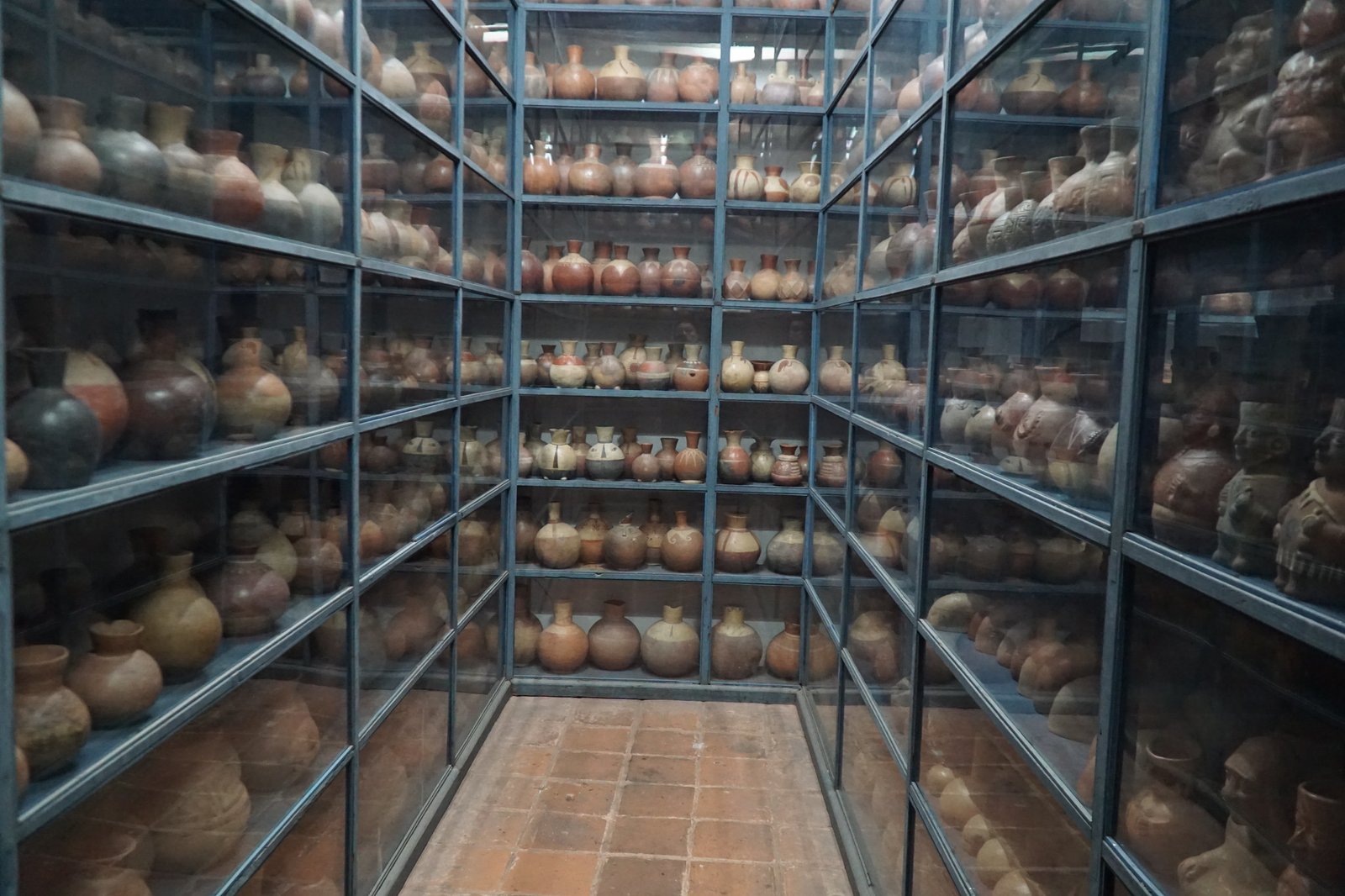
The latest trove of ceramic treasures, we found in the small town of Metepec, on our way back from the monarch butterfly sanctuary tour. We were exploring the city center that lies at the foot of the hill, topped by a beautiful church. A few blocks away, Victor pointed at a beautiful pink building with a sign that read “Museo del Barro”.
“Do you know what that means?” he asked.
I shook my head.
“Museum of Mud.” He said with a widening smile and watched my face until I finally realized what this was.
“Mud as in clay? Is this a pottery museum?” I think I did a little dance right there on the street.
In fact, it was one of the best pottery museums I ever visited. Despite a relatively small exhibition space, there were so many exquisite works of art, from the world's biggest clay cooking pot (according to Guinness World Records) to a miniature party of amusing skeletons. The museum was relatively empty on a Sunday afternoon, and my gasps and excited murmuring caught the attention of the museum curator, who came over to give us an impromptu tour. Victor was caught translating between us, his Spanish being battle-tested with questions such as “How many times do these pieces get fired in a kiln?”, “What type of clay do artisans use?”, and so on.
The curator walked us through the whole museum, pointing out the tiniest details of unbelievable complexity on gorgeous Tree of Life sculptures, and telling us stories behind every pot and pan. Tree of Life sculptures have long been my favorite out of many types of Mexican folk art pieces. While traditional Mexican Tree of Life sculptures typically show biblical scenes, we saw nautical and jungle themes, animals, mermaids, and even a tree detailing the life of Frida Kahlo.
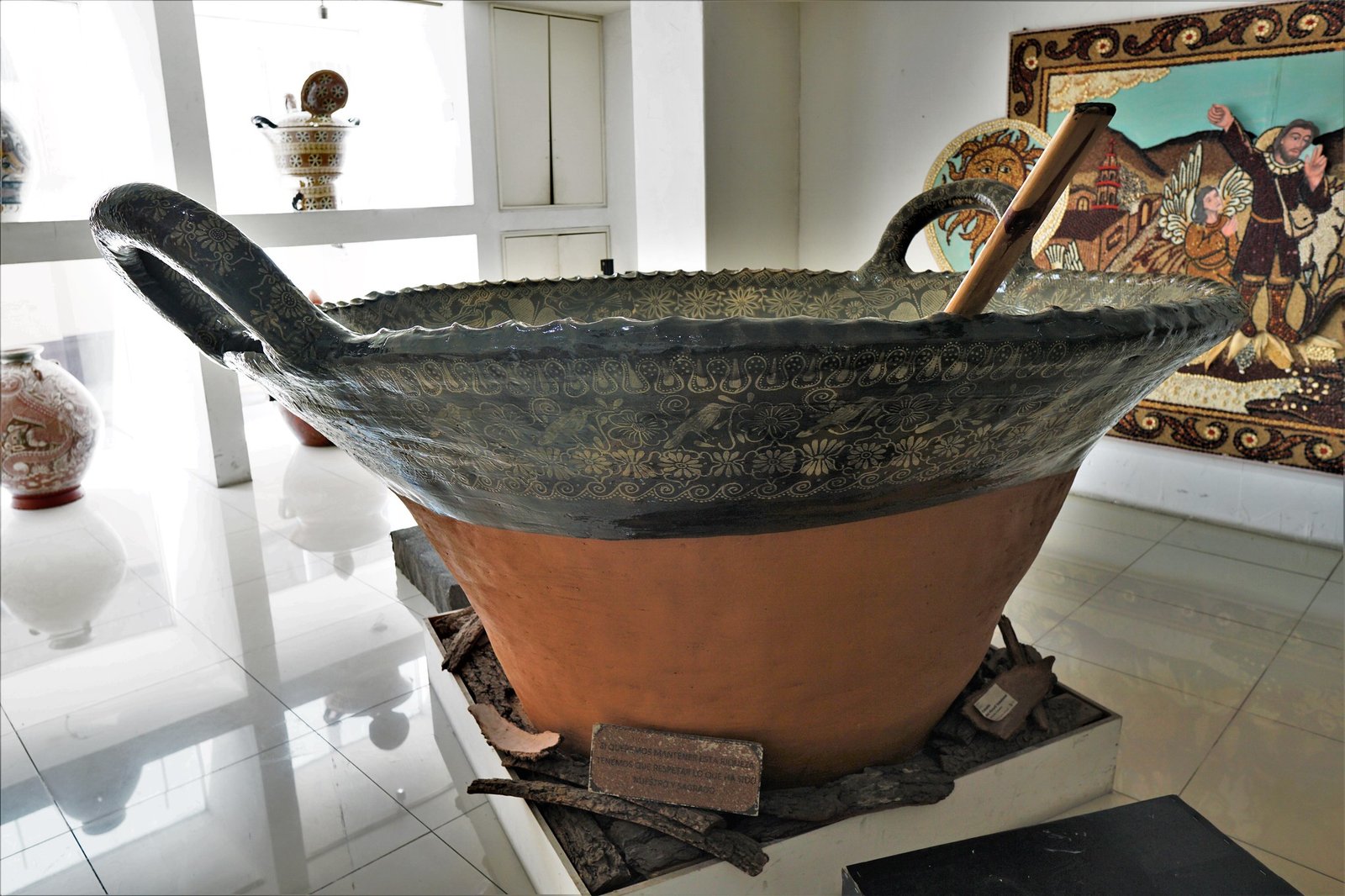
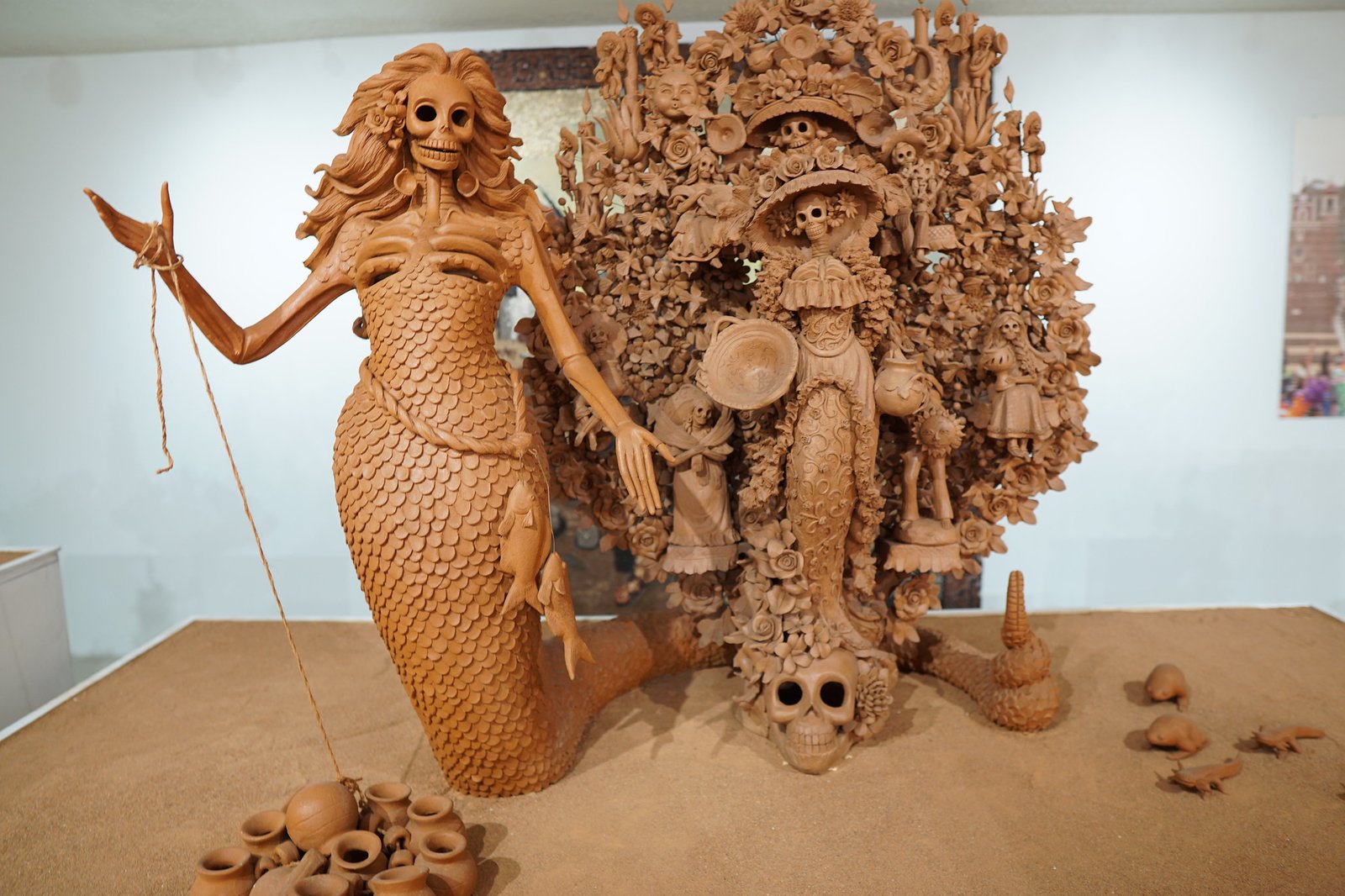
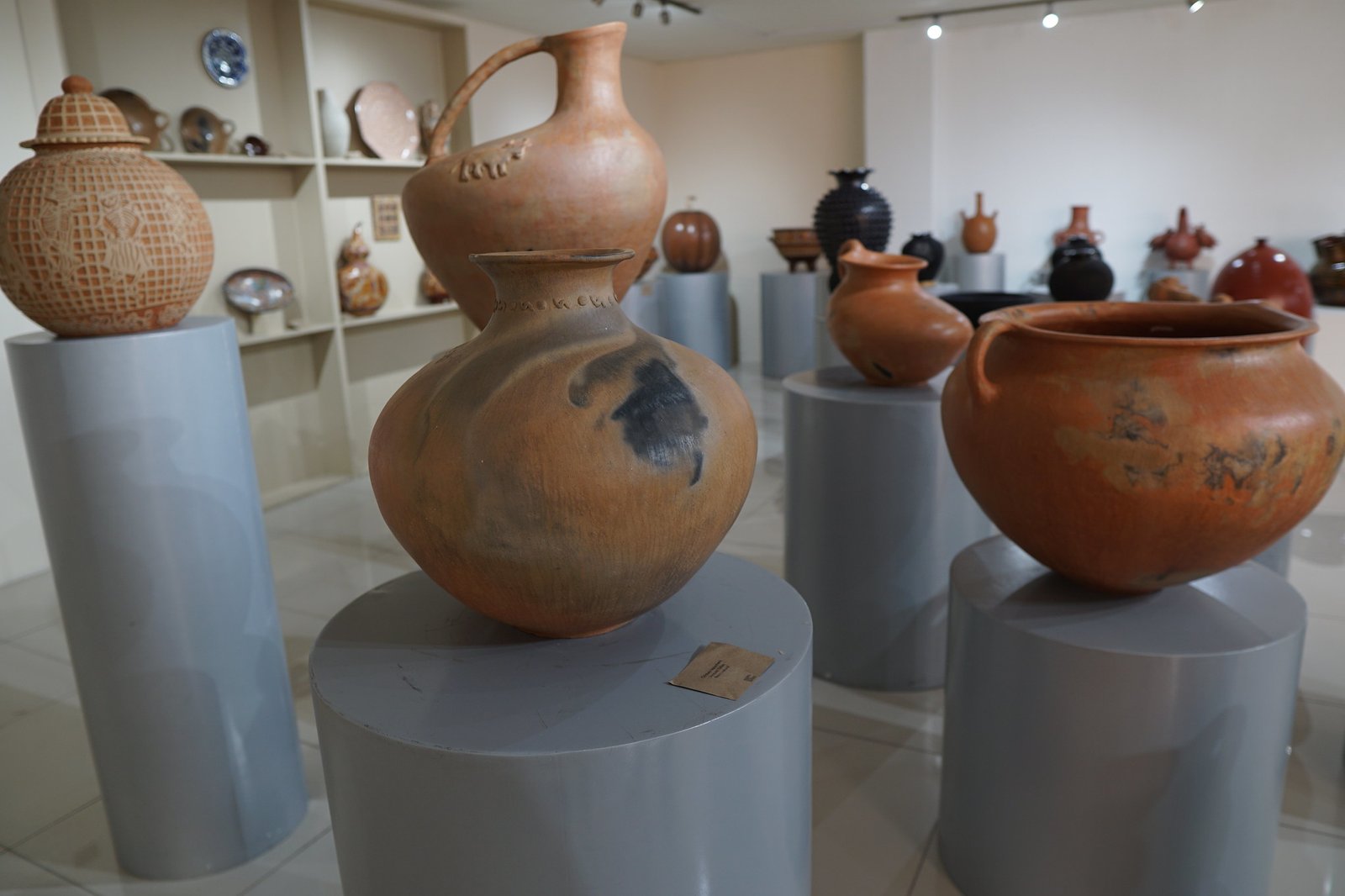
I loved everything, from the miniature clay reproduction of the Church of Metepec, complete with tiny people, to a giant clay mural made by school children, from a complete clay dinner set, including clay table, chairs, and utensils, to ancient cooking pots. I examined every drop of glaze and every detail and in the end, I was dragged out by Victor, who was under the impression we were going to miss our flight back home if I kept us there any longer.
There is no question I will be back to Metepec to reexamine every single clay piece of art in that museum, that I will buy copious amounts of pottery at artisanal shops of Tlaquepaque, and that eventually, I want to visit every town in the world known for pottery. And maybe, eventually, I will make it back to Santa Fe to take a closer look at those vases. Who knows, maybe they are on clearance…
